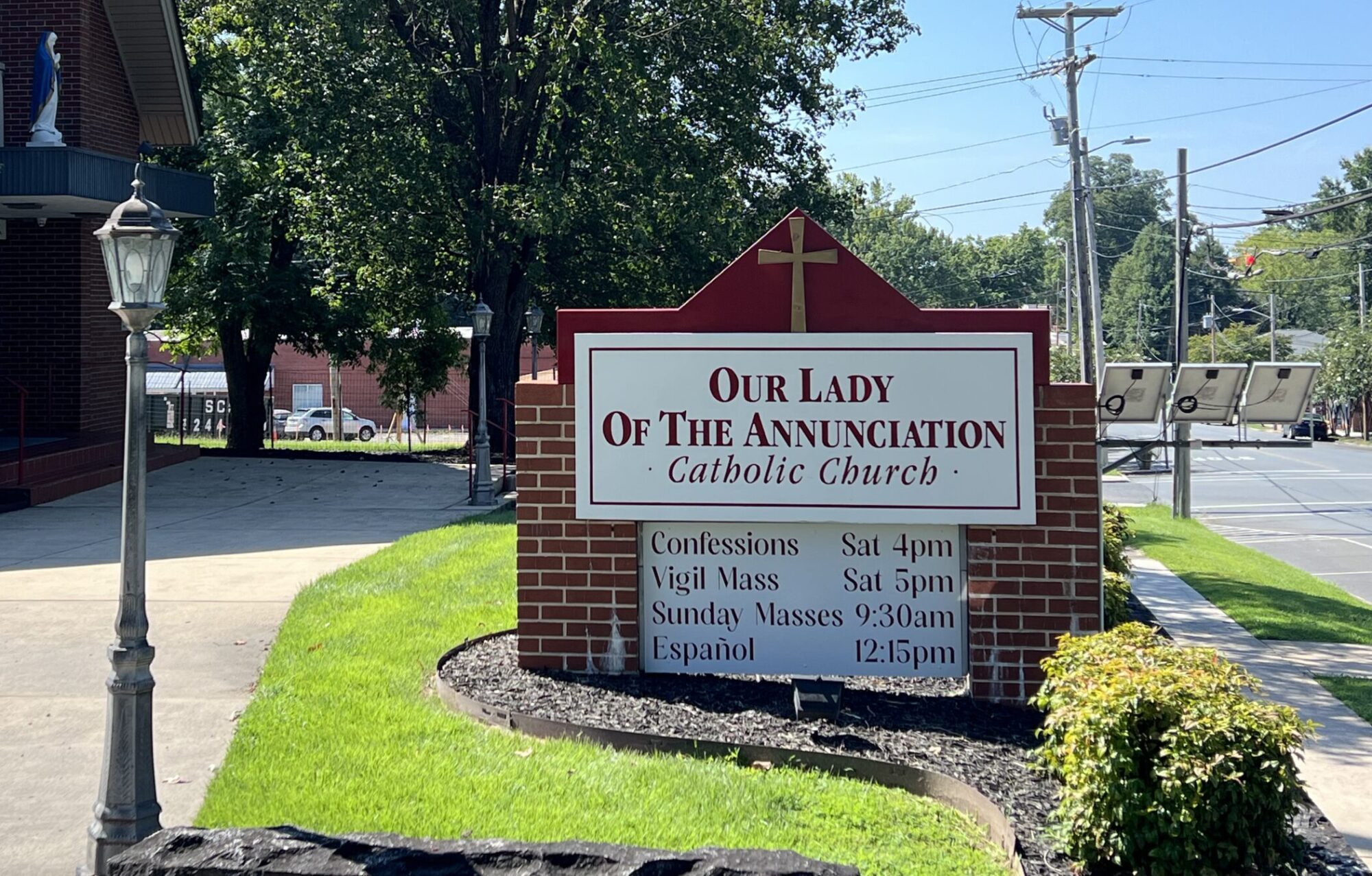
Saint George’s Story
Saint George is the object of a vast amount of imagination. There is every reason to believe that he was a real martyr who suffered at Lydda in Palestine, probably before the time of Constantine. The Church adheres to his memory, but not to the legends surrounding his life. That he was willing to pay the supreme price to follow Christ is what the Church believes. And it is enough.
The story of George’s slaying the dragon, rescuing the king’s daughter, and converting Libya is a 12th-century Italian fable. George was a favorite patron saint of crusaders, as well as of Eastern soldiers in earlier times. He is a patron saint of England, Portugal, Germany, Aragon, Catalonia, Genoa, Milan and Bologna.
Reflection
Human nature seems to crave more than cold historical data. Americans have Washington and Lincoln, but we somehow need Paul Bunyan, too. The life of Saint Francis of Assisi is inspiring enough, but for centuries the Italians have found his spirit in the legends of the Fioretti, too. Santa Claus is the popular extension of the spirit of Saint Nicholas. The legends about Saint George are part of this yearning. Both fact and legend are human ways of illumining the mysterious truth about the One who alone is holy.
Saint George is the Patron Saint of:
Boy Scouts
England
Portugal
Soldiers
Germany
//Franciscan Media//










